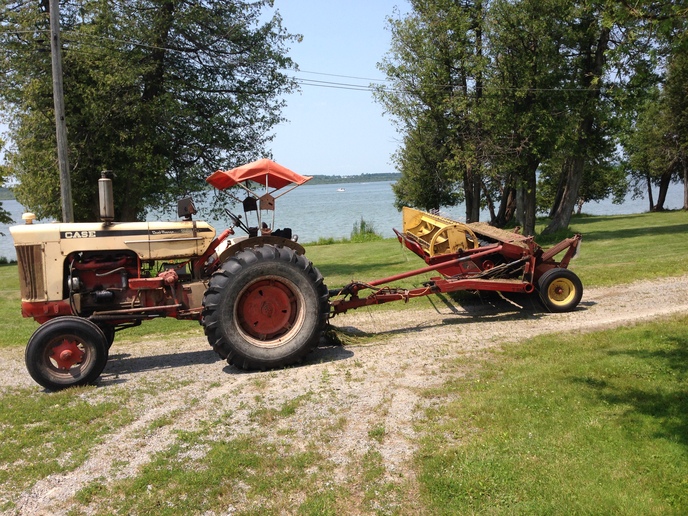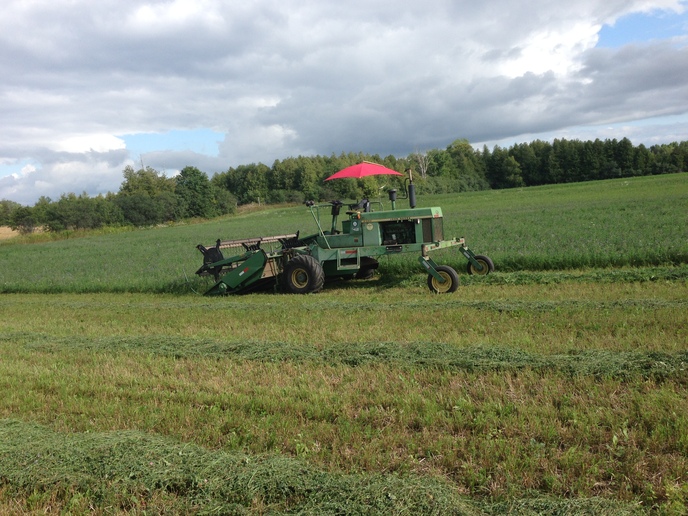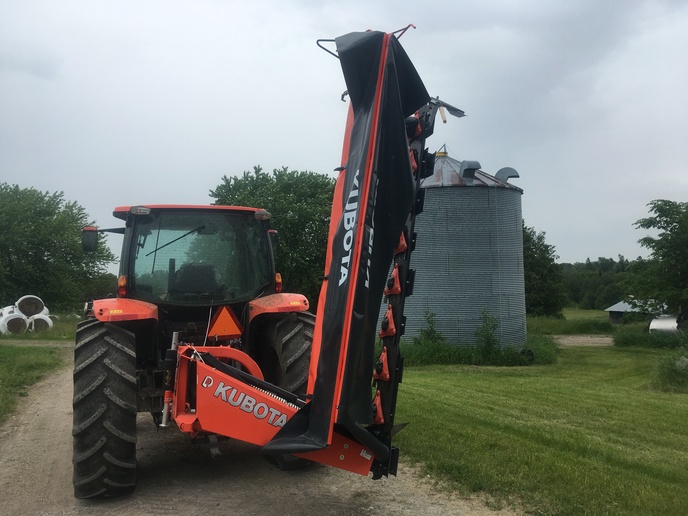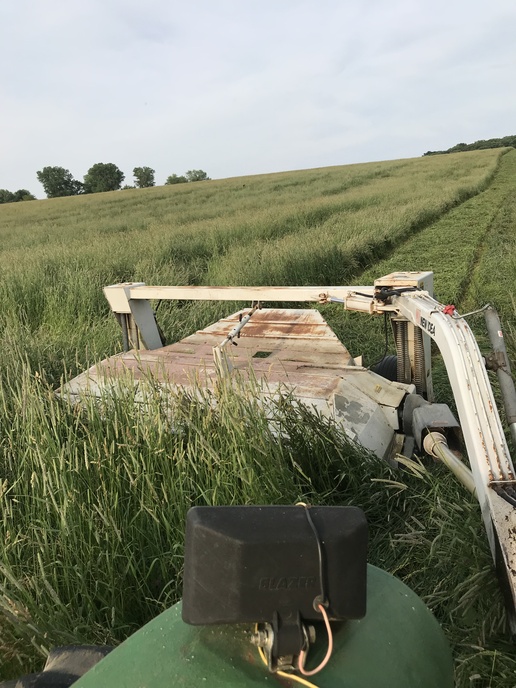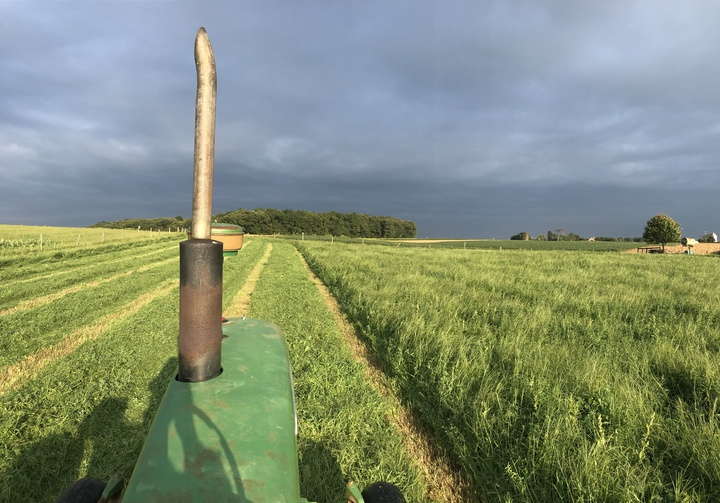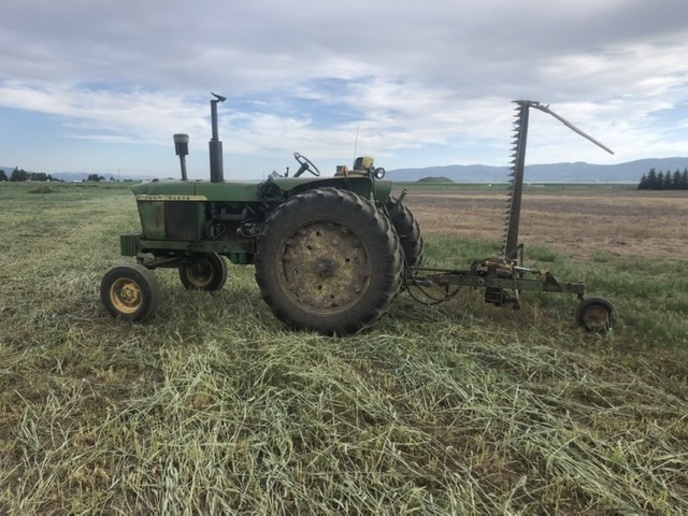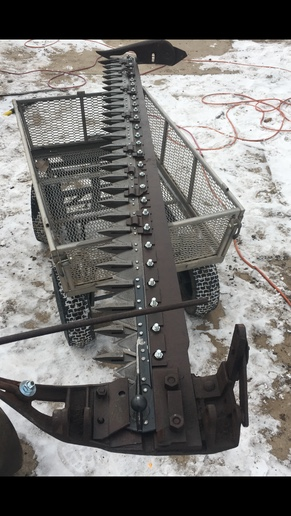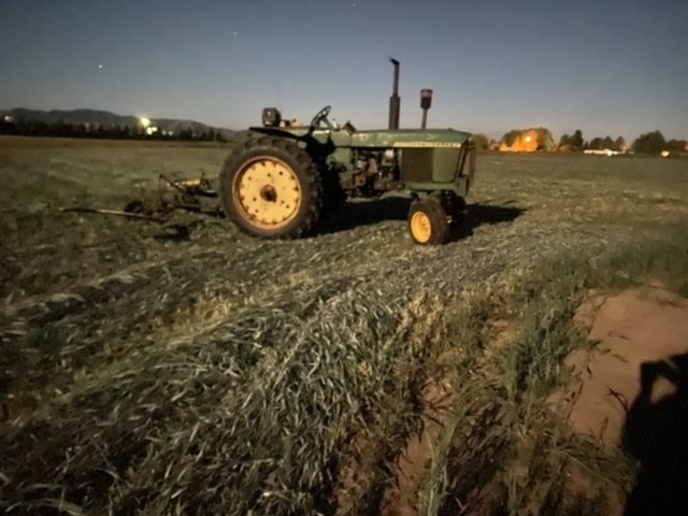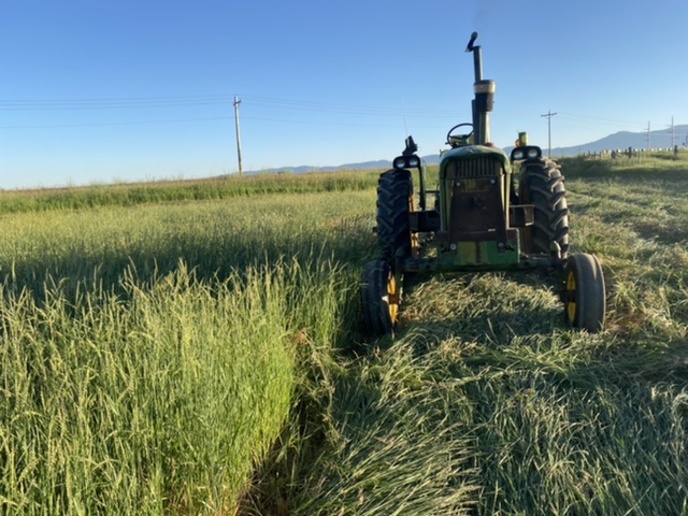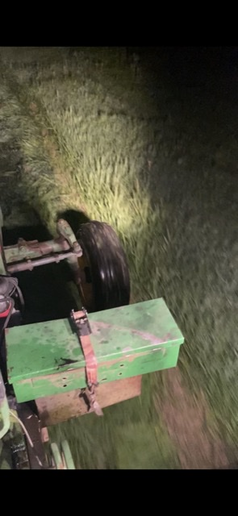Crookedcreekjerseys
Member
As Ive been getting into more and more hay ground in the past 2 years, starting at only 5 acres to now around 30 it just seems like the John Deere 1219 just isnt moving as quick as I like. I want to upgrade but Im not sure which would be more efficient. Having an extra engine to work on doesnt bother me nor does maintaining a discbine. Ill be picking up another 20 acres this summer and Im definitely going to upgrade. Id like to stay around 9ft for a discbine and 12ft for a self propelled haybine. Unfortunately self propelled disc mowers are few and far between here in ohio so thats not really an option. As for discbines I like the looks of the Gehl 2345s and hesston 1320s. As for self propelled Id like to find a hesston 8200 or new holland 1499. Im open to other models as well. I hope I put my thoughts into words well enough lol.


